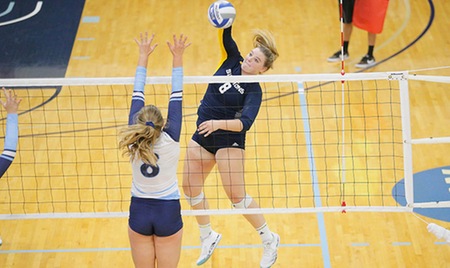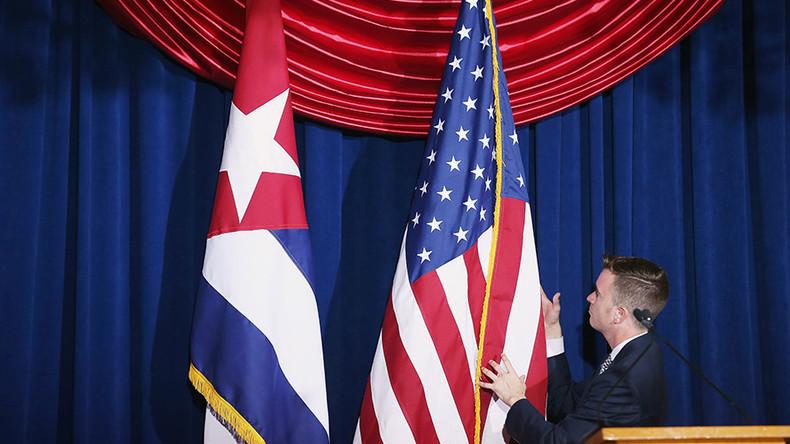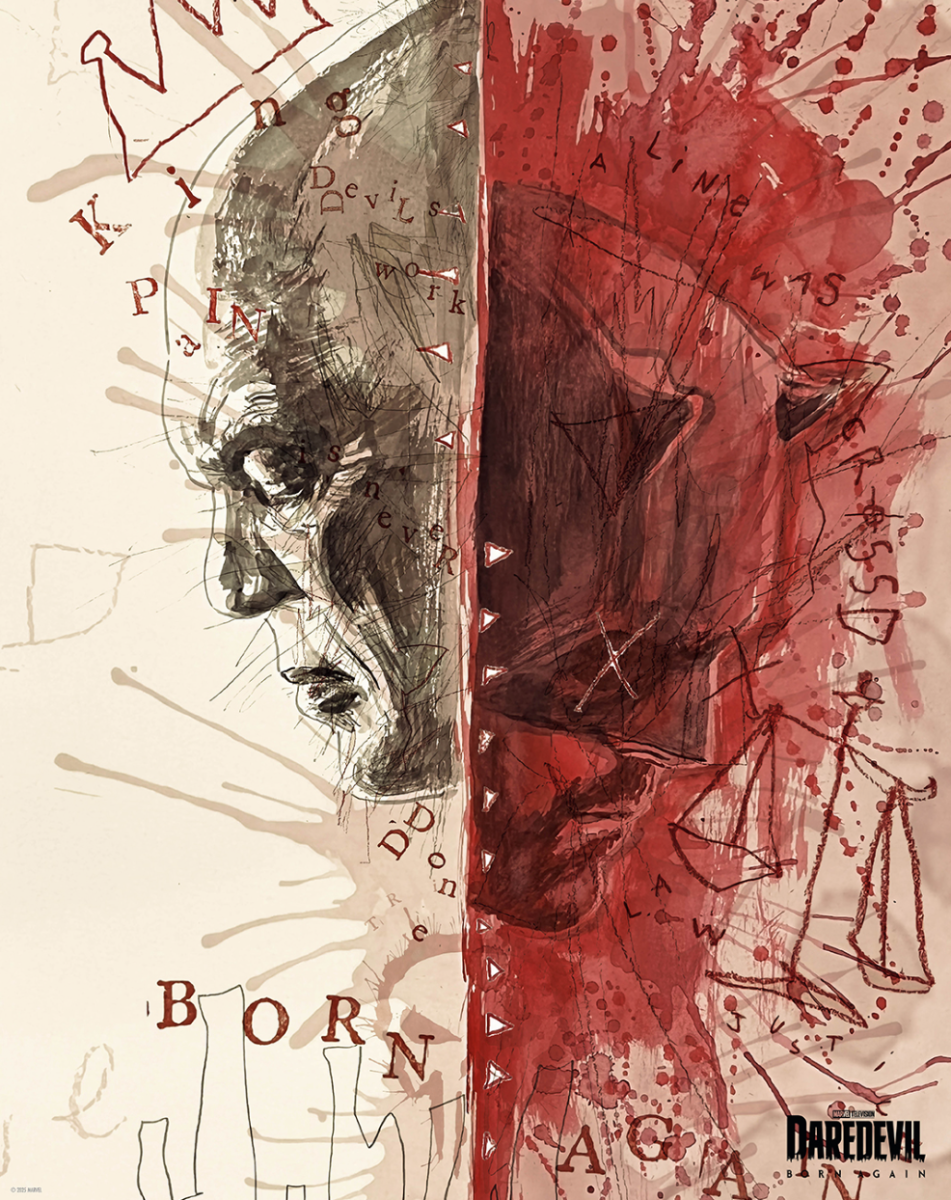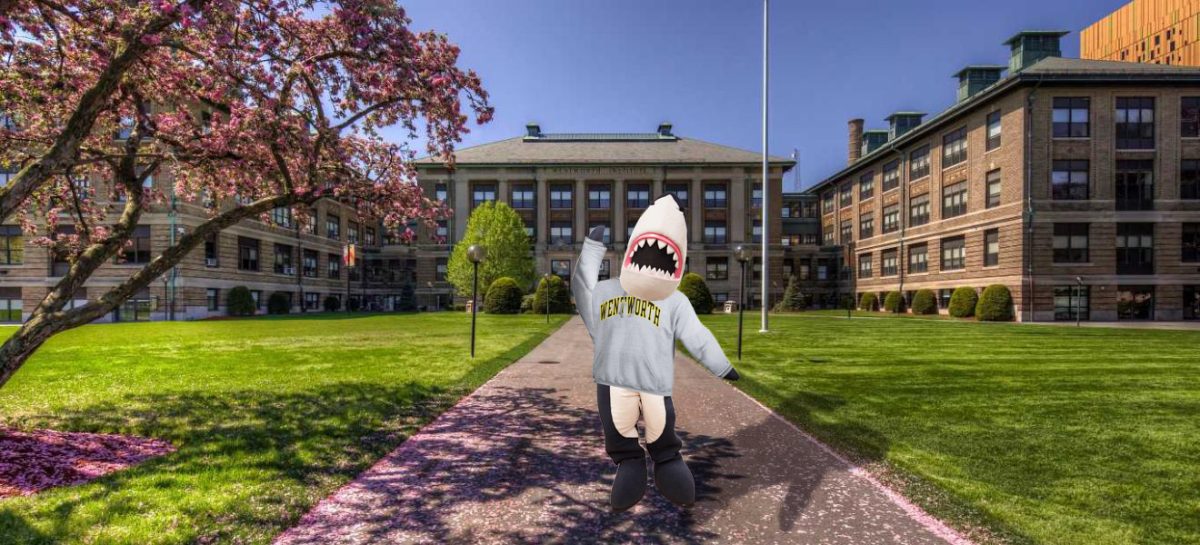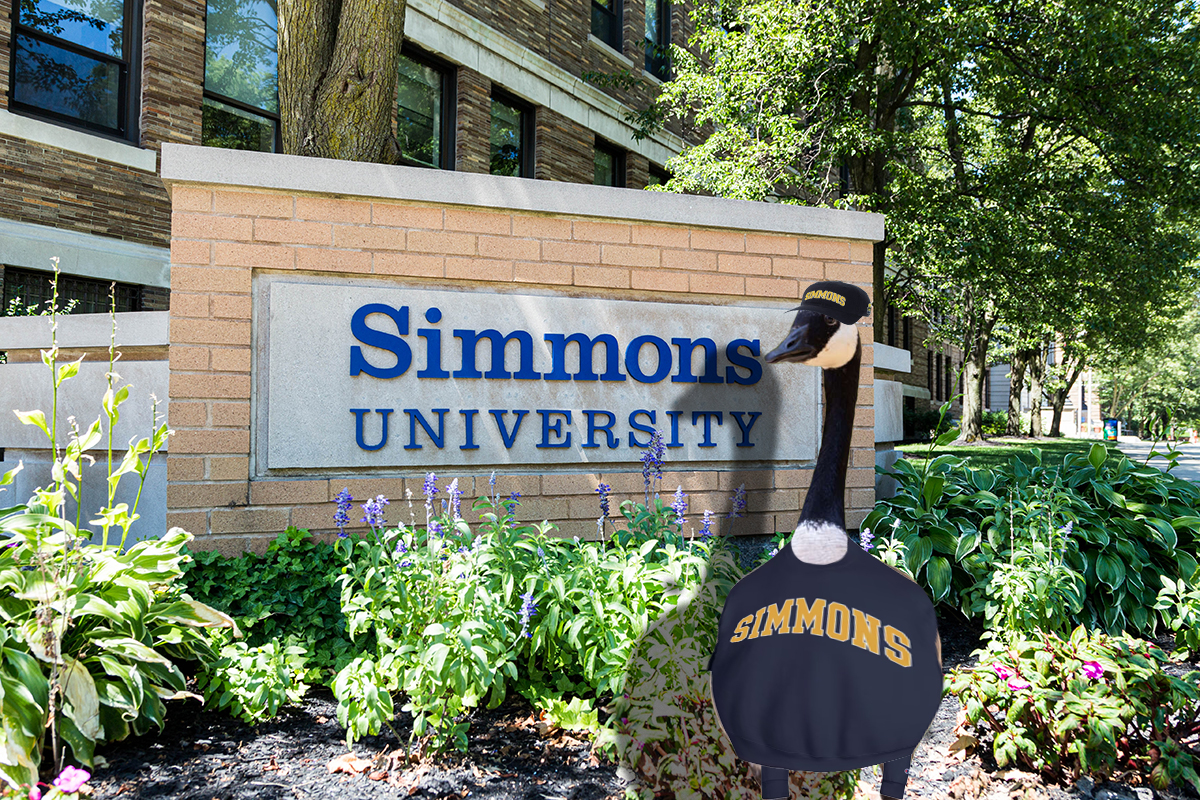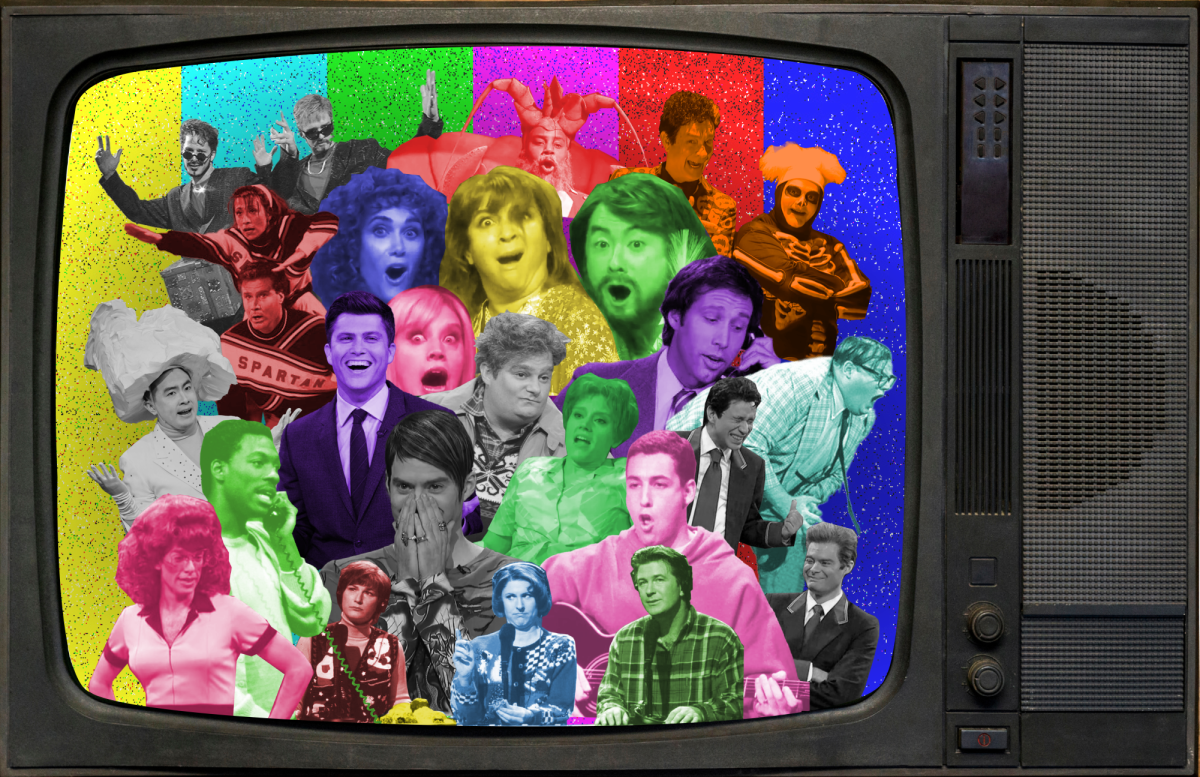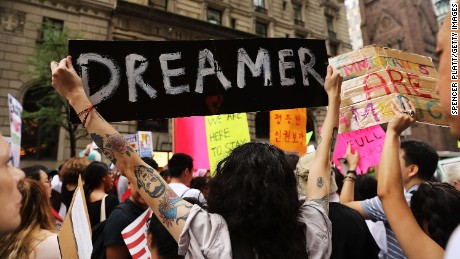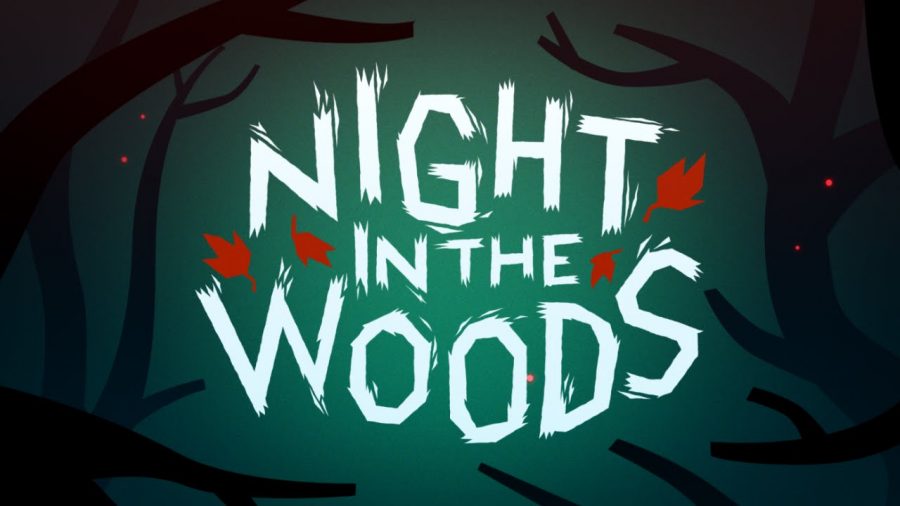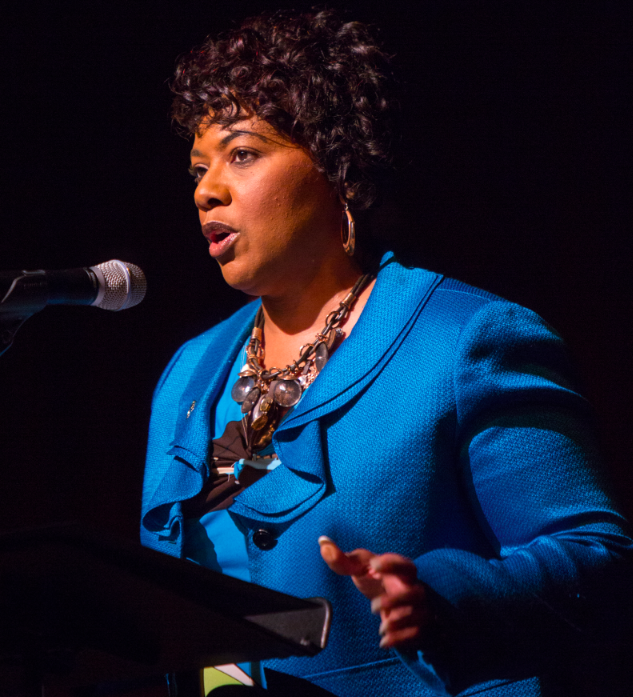By Lisa Nault
Staff Writer
Back in the summer of 2014, I was on the Green Line heading towards Riverside for my first day interning at Sarah Colt Productions. In my possession was a purse decorated with the many faces of Mickey Mouse—appropriate due to the nature of the project the production company was undertaking. When I arrived, I sat down at my desk and watched for the first time the rough edit of a documentary about Walt Disney. On Sept. 14 and 15, the final product aired for the first time on WGBH PBS.
Before I began my internship, I knew the very basics about Walt Disney and his life, maybe three or four trivia facts. He created the first feature-length animated film, “Snow White and the Seven Dwarfs,” and sparked the transition of cartoons being seen as an art form.
Walt Disney created beloved characters such as Donald Duck, Jiminy Cricket, and, of course, Mickey Mouse. I, along with many other people, did not know much about his life before he became famous or what happened to him after his initial success took off. Director-producer Sarah Colt’s four-hour documentary was split into a two-night event in order to cover this legendary man’s life.
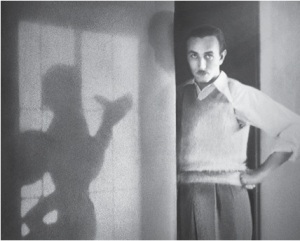
The documentary itself is unique because it had unprecedented access to the Disney Company archives and vault with no strings attached. The Walt Disney Company has been known to be stubborn when allowing their material to be used by others. The fact that “American Experience” was able to have such a large amount of information available to them allowed the documentary to be as in depth as it was.
On Sept. 14, the first two hours of the documentary revealed Walt Disney’s origins, his family, and his struggle, and eventual success in making a name for himself as a cartoonist. The second half of the documentary, aired on Sept. 15, focused on Disney’s reaction to the strike, his new obsession with building “the happiest place on Earth,” and the last few years of his life.
Disney was a man with big dreams, but he was also terrible with finances. Budgets seemed to try and limit his dream’s potential — which is why his first production company, Laugh-O-Grams, went bankrupt. If it were not for the help of his brother Roy, Disney’s second company, the Walt Disney Company, would probably also have gone bankrupt.
The documentary mentions Roy throughout the Disney story because he was the man behind the curtain. He kept the bankers reassured when Disney was over budget and used his own financials to assist his little brother’s dream. In fact, the Walt Disney Company was originally called the Disney Brothers Company, but Walt told Roy they needed to change it because it was his ideas that were going to make them successful.
Not many people knew about this side of Walt and certainly did not know much about Roy. While watching the first half of the documentary, a friend of mine said, “I want to watch a documentary about him [Roy Disney].” Roy plays a crucial part in the Disney legend but is often forgotten about in popular culture. However, the “American Experience” documentary does a great job acknowledging him for all that he did for the company.
Certainly Disney deserves much of the praise he has gotten for his work and dedication, but it was interesting to see how he was when he was not in the spotlight. Disney was passionate about the projects he worked on and that enthusiasm spread to his employees. The documentary portrays him in his company the way he saw himself — a down-to-Earth man, not an oppressive detached boss. However, the film reveals that Disney was disconnected from his workers and made them feel like they were being treated unfairly, so much so that many of them went on strike.
Disney’s blindness toward his employees’ frustration conveys a fascinating point on how Disney’s father Elias made an impact on his demanding work attitude. From a young age, Elias Disney had told Walt he had to get a job and work. Walt worked so much that the majority of his childhood was spent earning money instead of playing. As a result, Walt decided that he would not be like his father and would have the childhood he did not have by making cartoons.
People who were interviewed for the documentary described Disney as a grown man with the heart of a child. He had so much energy and life in him, which he channeled into his projects. However, the irony is that Disney demanded a strict work ethic from his employees, requiring their undivided attention and for the job to be the most important aspect of their lives, just like his father did of him.
Despite his attempts to not be a business “fat cat” or as demanding as his father, a part of Disney did become that. It is intriguing to learn about Disney’s paradoxical personality; there is the side of him he wanted the whole world to see, the side of him his friends/family saw, and the side of which he was in denial.
Disney certainly had darker sides to him, but he was still a good guy. Despite the amount of work he did, Disney always drove his two daughters to school, played with them, and read them stories. In this aspect, Walt was the antithesis of Elias Disney.
Walt Disney tends to be idealized, whether it is in books, films, or pop culture. However, the “American Experience” documentary does its job in portraying him as what he was—human. Walt was not perfect by any means. He pushed his workers hard, he participated in anti-Communism hysteria, and he was lousy with finances.
However, he was a dedicated man, a creative and inventive visionary, and he was a good father. Walt Disney was a complicated but revolutionary man and the documentary captured that essence of him perfectly.




